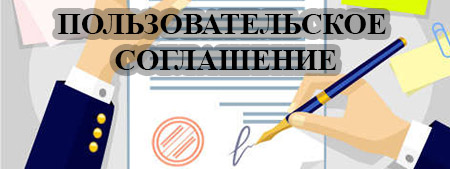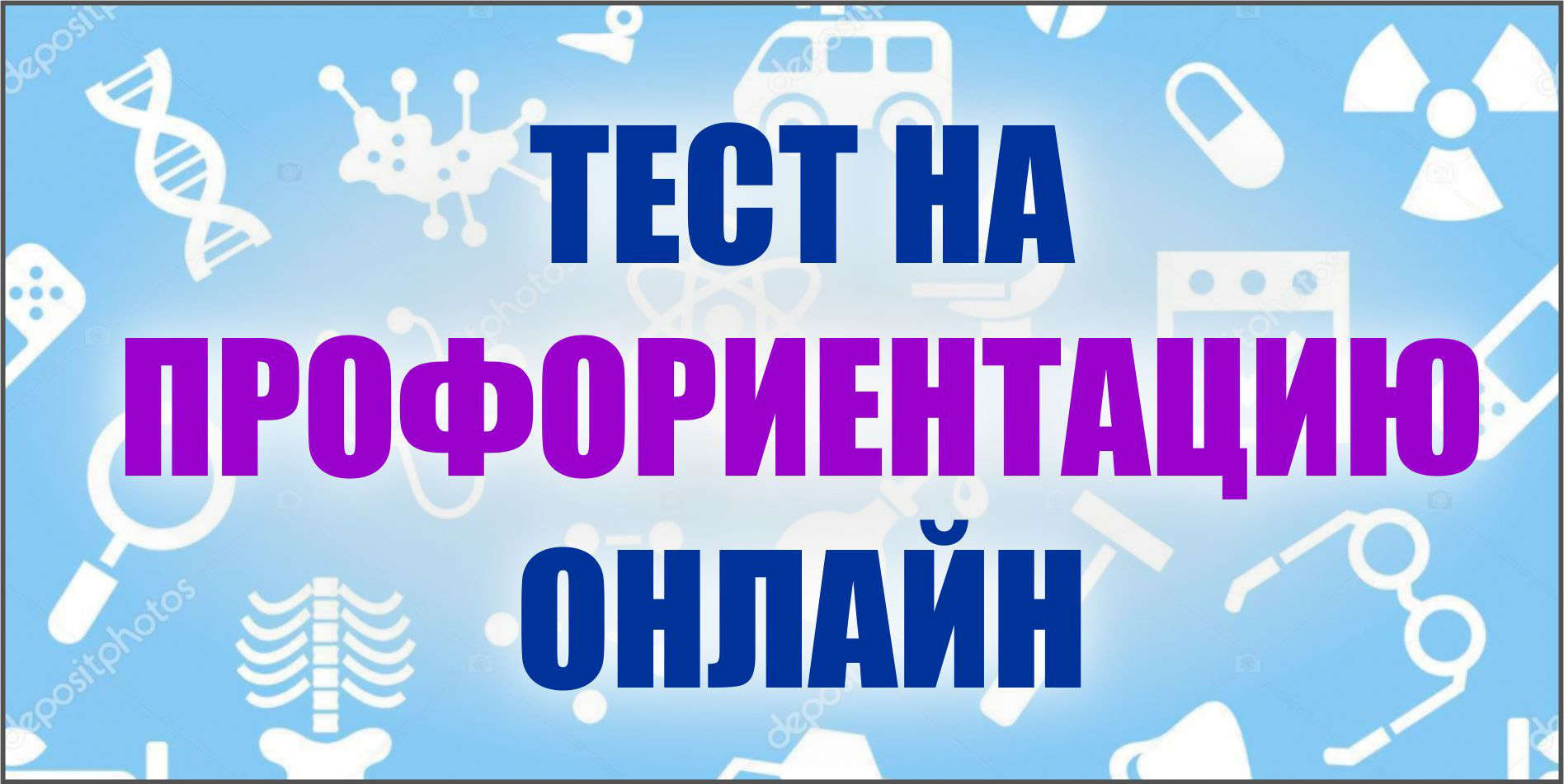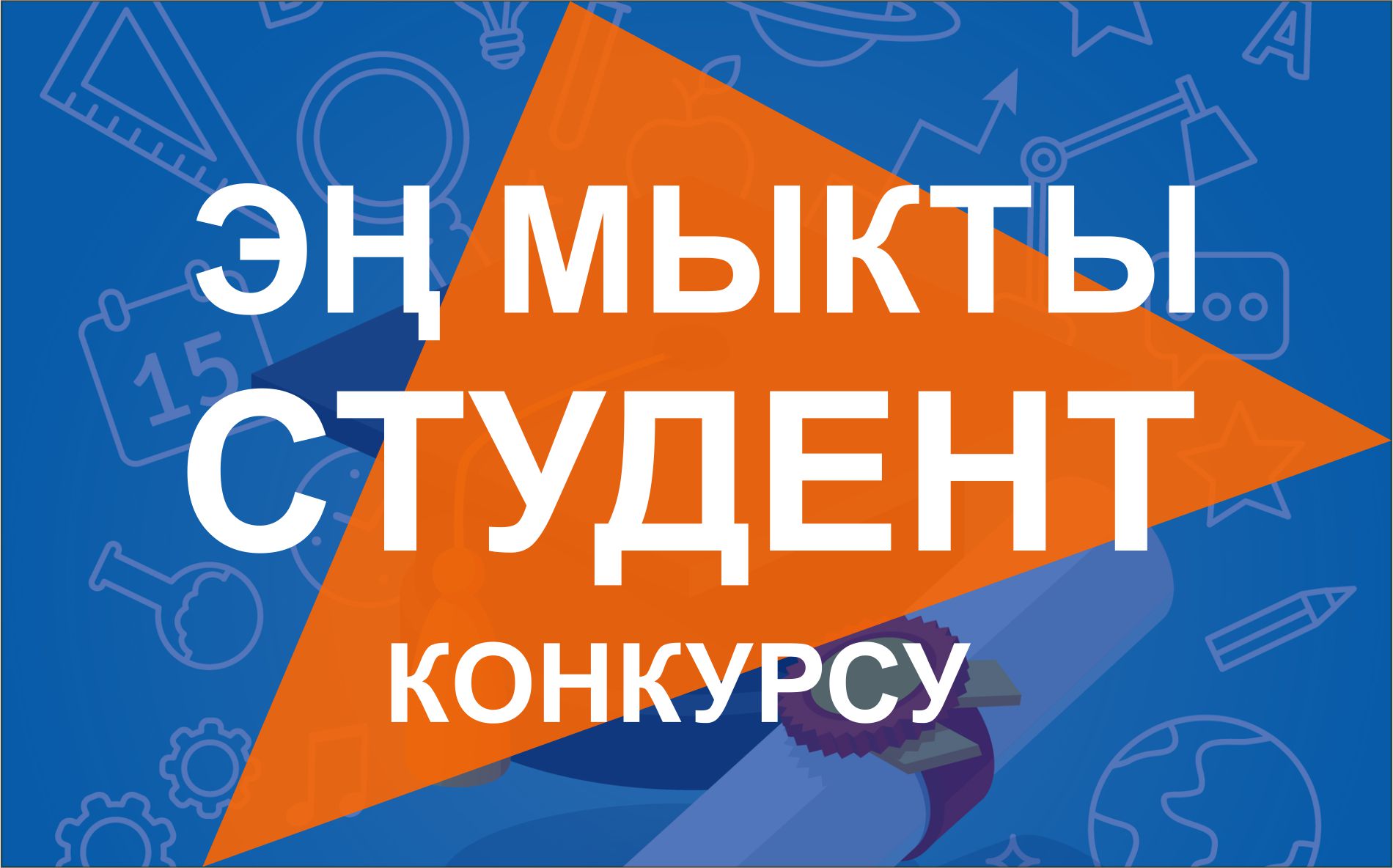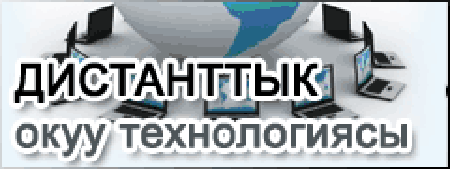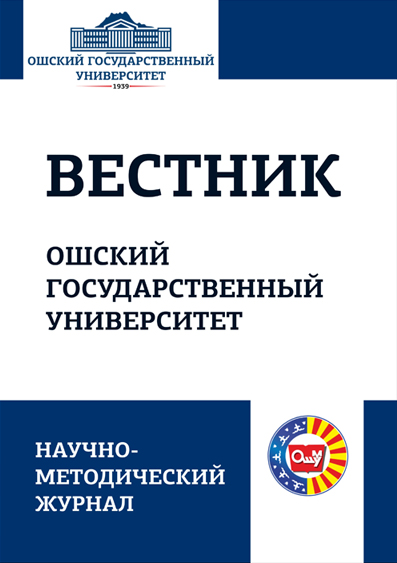STANDARD
APPLICATION OF INTERNATIONAL ISO 9000-9004 (9001-2001) STANDARD IN
EDUCATION
QUALITY OF EDUCATION
There are three methods of quality determination:
uSWOT analysis method of evaluating the quality of higher education
management;
uA concept based on the principles of total quality management (TQM or
TQM);
uAn approach based on the requirements of the international ISO 9000: 2000
quality standards.
1. The method of quality assessment based on SWOT analysis includes
self-assessment of the educational institution to determine the strengths
and weaknesses of the university′s work, as well as the positive and
negative factors of its development; 2. The concept of TOTAL QUALITY
MANAGEMENT (TQM-TQM) aims at the precise mission and strategic goals of the
university developed as a result of a comprehensive study of society′s
needs as the main indicator of the university′s activity.
Types of standards
u 1. International standards (ISO, International Energy Commission
standards, optical standards);
u 2. International standards (EU, CIS, Asian Union, etc.); u 3. National
(state) standards; u 4. Industry standards; u 5. Enterprise standards.
History, purpose of IEC, ISO
u 1. According to the resolution of the International Electrotechnical
Congress of September 1904, on June 26-27, 1906, the International
Electrotechnical Commission (IEC- International Electrotechnical
Commission) was established in London on the initiative of representatives
of 13 countries.
u On October 24, 1946, representatives of 25 countries
approved the charter and working procedures of ISO (International
Organization for Standardization (ISO). ISOS means equal in Greek. u Today
, 118 countries are members of ISO.
also joined the ISO with an autonomous right.
u The main objectives of the ISO: To ensure international
trade and mutual assistance,
to expand cooperation in the field of intellectual, scientific, technical
and economic activities ISO members
Site ISO WWW.ISO.ORG.
(International Standards Organization)
MAIN NORMATIVE STANDARDS:
• ISO 9000:2001. Quality management system. Basic provisions and vocabulary
• ISO 9001:2000. Quality management system. Requirements
• ISO 9002:2016. Quality system. Model of quality assurance during
production, assembly and maintenance
• ISO 9003. Quality system. Model quality assurance during final control
and testing
• ISO 9004:2000. Quality management system. Recommendations for improvement
of activity
• ISO 10007:2003. Quality management system. Guidelines for configuration
management
• ISO 10012:2003. System management dimension. The requirement for the
myristic process of myristic discovery in accordance with the requirements
of international standards ISO 9000, QUALITY SYSTEM consists of the
following three subsystems:
1. Quality management;
2. Quality assurance;
3. Proof of quality.
ISO 9000-9004
u GLOBAL EXPERIENCE IN QUALITY MANAGEMENT
COLLECTED IN THE SET OF INTERNATIONAL ISO 9000-9004 STANDARDS;
u Developers of ISO 9000 Standards stated that these standards are divided
into the following 4 products:
u 1) equipment or technical means (material products consisting of various
parts and having a characteristic shape);
u 2) software (computer program, concept, protocol, etc.),
u 3) processed materials (material products obtained by processing raw
materials in a certain state: liquids, gases, bedding materials), u
4) services ( personnel training, medical, banking, transport, maintenance,
etc.). QUALITY
u QUALITY of learning process and services in a university is determined by
their ability to satisfy customers and their expected and unintended impact
on stakeholders.
u The quality management system (QMS) includes activities that determine
the processes and resources required to obtain the goals and desired
results set (defined) by the university, and allows the management of the
university to optimize the use of resources in accordance with strategic
plans.
u The main principles of ISO 9000 (adapted to universities):
-Adaptation to the requirements of the consumer (applicant);
- Hiring employees (teachers, specialists) based on their competence;
- Systematic approach to university management;
-Continuous improvement of the educational process, the state of conducting
scientific work, the material and technical base, etc. at the university;
- Communicating with employers.
Main indicators of quality:
1. Multi-functionality;
2. Reliability;
3. Efficiency;
4. Practicality
5. Safety
u Methods of determining quality indicators :
u 1. Mathematical calculation, creation of models;
u 2. Experimental measurement, measurement method;
u Method of registration;
u Organoleptic (detection of quality through eyes, ears, nose, etc.
organs);
u By creating expert groups; u Through sociological investigation.
1. ISO 9001:2001.
0.1. General Provisions.
u A strategic decision is required to ensure a QUALITY MANAGEMENT SYSTEM IN
THE EDUCATION.
u The development of the QUALITY MANAGEMENT SYSTEM in the educational
institution and its introduction into the educational process are
influenced by:
needs, specific goals, graduates, introduction of scientific results into
production (innovation), used processes, size and structure of the
educational institution, etc.
4. QUALITY MANAGEMENT SYSTEM
u 4.1. Requirements for an educational institution.
u Educational system:
a) Determination of educational program formation processes, organization
of study process, organization and conduct of certification of graduates,
provision of educational services and management of these processes;
b) determining its conditions in the implementation of the educational
process;
c) regular maintenance of these processes and provision of necessary
resources. Determining the exact area of application of educational
quality management system: For example, department, faculty, school
production lines, etc. u Education management is carried out in the
following processes: - analysis of the admission of applicants to the
educational institution (vocational direction); - adaptation of the
curriculum to the requirements of employers; - organization and
implementation of the educational process; - organization and conduct of
assessment and certification of students′ knowledge; - Increasing the
educational potential of the university; - ensuring the functioning of
libraries, centers and academic laboratories. 4.2. Document requirements:
4.2. 1 General Provisions u Development of requirements not specified in
ISO 9001 standard in the planning of the QUALITY MANAGEMENT SYSTEM and
methodological guidelines for quality reduction in the educational
institution: - Determination of the general strategy of the university; -
Development of normative and legal acts used in universities; - ensuring
the competence of teaching staff; - accredited and certified educational
programs, curricula; - Training and retraining of teaching staff and
auxiliary staff, development of qualification improvement programs; -
University auxiliary services. 4.2.2 Requirements for documents in an
educational enterprise u 1. Management of documents in an educational
institution u The main goal of document management is to ensure constant
updating and availability of documents of the educational institution; u To
achieve this goal, it is required to perform the following: - Analysis and
support of changes in internal documents; - management of external
documents based on the actualization of normative and legal acts; -
Ensuring the availability of documents to the employees of the educational
institution; - management of official documents of students to ensure the
search for educational services; - to manage the official documents of
students to ensure the search for educational services and verify the
fulfillment of requirements at the specified educational levels. 4.2.3.
Keeping educational records u Records (protocols, decisions) provide
information about the current activities of the university, for example,
about the results obtained at each stage of the educational process; u An
educational institution usually must pay attention to the preservation and
management of records prescribed by legal and/or regulatory requirements; u
The educational institution must conduct study procedures and student
records in a prescribed manner. u Those documents: - a report on the
development and implementation of educational process documents (for
example, on the preparation of the curriculum); - records-documents on
improving the qualifications of teachers (certificates and other documents
certifying qualifications); - records of evaluation of the results of the
educational process (for example, evaluation of the quality of teaching); -
the results of the student′s work papers and studies; - document on
graduation from university (certificate, certificate, diploma, etc.);
records of student loss, damage, or misuse of equipment; - applications; -
Documents about participation in research works; - Information on
production practice; - Notes on copyright (information)/or notes on the
right to use it. 5. Responsibility of the university leadership u 5.1
Duties of the university leadership. It is necessary for the management of
the university to use the following strategy: u to develop a policy
(measures) to improve the quality of the educational institution; u
exchange of information about the planning of the quality management system
throughout the university; u Exchange information related to reviewing and
refining the quality management system plan. The efforts of the management
of the university to create such an environment will be as follows: - all
employees of the educational institution will be informed of the
university′s vision in the field of quality, Creating and communicating to
employees a quality policy that allows them to understand their mission and
strategic goals; - To implement the quality policy of the educational
institution, to establish the ways to implement the goals in the field of
quality in current educational activities; - maximum provision of human and
material resources necessary to achieve the set goals; - To bring to the
attention of all employees and teachers of the university the importance of
meeting the requirements of students, as well as fulfilling the legal and
mandatory requirements in the provision of sufficient quality educational
services; - publishing periodicals of the educational institution to inform
about quality issues (for example, quality goals) and to provide feedback
to students; - evaluation of the work of the educational institution on the
control of the implementation of the goals of the established quality
policy. 5.2. Adapting to the demands of the consumer (applicant, employer)
in the university. u The management of the university should identify the
needs and expectations of the students, fulfill them and try to satisfy
them fully. u For this, the management of the university:
u - clarification of needs and expectations of consumers, especially
potential consumers; u - Identification of key competences of graduates
aimed at employers; u - Determination and assessment of the competitive
environment in the labor market;
u - identification of opportunities, weaknesses and future competitive
advantages of the labor market;
u Examples of needs and expectations of consumers and end users: u -
compliance with requirements;
u - reliability;
u - presence of required specialists;
u - activities of the graduate after the "life cycle";
u - University′s responsibility to graduates;
u Taking into account the requirements of employers (students) means the
following: u Taking into account the requirements in the preparation of the
training program and in establishing accurate indicators of the
effectiveness and efficiency of training;
u Drafts of training programs are analyzed and approved at the preliminary
stage of the educational process, analyzed and updated at least once a
year, and their compliance with the established requirements and goals of
the educational institution are monitored.
. 5.3. Quality policy in the university
u Quality policy should be documented.
u The quality policy should be consistent with professional standards, laws
and regulations and the main policy of the educational institution.
u The management of the university ensures the policy in the direction of
quality:
u a) that it coincides with the goals of the university;
u b) to include obligations to meet the requirements and constantly
increase the efficiency of the quality management system;
u c) having a basis for setting and analyzing quality goals;
u d) the content of the QUALITY policy is conveyed to the employees of the
university and their understanding; u e) It is necessary to periodically
analyze the conformity of the quality system to the requirements of the
period. Recommendations for improving work efficiency
u6.2 Employees
u6.2.1 Employee involvement
uIn order to increase the effectiveness of the activity of the university,
the following should be taken into account in the participation and
development of teachers and employees in the activity process:
- their permanent training and career planning;
- determination of responsibility and authorized personnel;
- determining the responsibility and authority of personnel, -
establishing the participation of employees in setting goals and making
decisions; - evaluation and awarding with prizes;
- provision of open, two-way information exchange;
-Always analyze the needs of university employees;
- creation of an environment that encourages innovation;
- ensuring effective group work;
- providing information about suggestions and opinions;
- ensuring employee satisfaction
; - Analysis of the reasons for the arrival of employees to the university
and the reasons for leaving.
6.2.1 General Provisions
The university should plan a personnel management system to support the
learning process and improve the competence of key and supporting
personnel. The level of competence of an educational institution is
determined, for example, by:
- improvement of educational programs in accordance with scientific and
technical changes;
- assessment of students′ achievements and educational institution′s
performance based on the implementation of educational goals;
- increasing the competence of the personnel necessary to perform their
functional duties (for example, teaching staff).
Requirements must believe that the management teachers have the
qualifications of the ISO9001:2000 system.
Qualification can be determined by the quality of scientific degrees, work
experience, certificates and training 6.2 Human certificates, resource of
industrial internship. 2.26 Education. 2.1 Competence, awareness and
training in the public transport institution. The management system is
based on the training of personnel and the competence of supporting
personnel, personnel, training, the duties of the executive, the work, the
quality rights of the employees, the product, the academic performance and
the administrative competence on the basis of the relevant education,
training, skills and experience.
Consumers in the educational institution to meet the requirements of the
students in relation to the learning process or vice versa
6. Should provide information on how it relates to university awareness and
actions.
The educational institution is obliged to:
- carry out systematic measures to determine the need for the competence of
employees by comparing the requirements of the curriculum with the current
competence of employees; - to determine the need for personnel training or
other measures aimed at eliminating the lack of competence;
- Ensuring the work of teachers when there are new evaluation criteria; -
keeping records of academic and administrative competence of personnel.
6.2. Human resource in the higher education institution
6.3 Infrastructure of the higher education institution
u The educational institution must determine the necessary infrastructure
and equipment to meet the specified requirements.
u The educational institution should define programs for planning,
providing and maintaining the necessary infrastructure, as well as a safety
and hygiene risk analysis program. u The infrastructure includes the
following: a) buildings, workplaces:
classrooms, laboratories, workshops, libraries, green recreation areas;
b) additional services, for example:
u - water supply,
u - electricity supply,
u - gas, heat supply, u - medical services;
u c) tools necessary for the educational process;
u d) transport, bookstore, cafeteria, kitchen and kindergarten.
6.4 Productive environment
u Management should positively influence the motivation, satisfaction and
efficiency of the work environment to improve the performance of the
university.
u When creating a working environment that combines human and physical
factors, attention should be paid to: u - Creative work methods and
opportunities for full-fledged involvement in order to realize the
potential of university employees;
u - safety rules and methodological guidelines, including the use of
protective equipment; u - ergonomics;
u - placement of jobs;
u Cooperation of employees with each other; u - tools for providing
employees at universities; u - temperature, humidity, lighting, air pumping
system;
u - sanitary conditions: cleanliness, noise, vibration cleanliness, noise,
vibration (vibration) and contamination. 7. Processes of the life cycle of
educational services
u 7.1 Planning of the life cycle process in the university
u The following processes of providing educational services in the
educational institution can be determined: 1) improving the qualifications
of teachers;
2) design and research works;
3) educational process and curriculum development
; 4) determine other activities;
5) recruitment of personnel;
6) purchase of materials and other resources;
7) admission of candidates (students);
8) management of changes in the preparation and editing of curricula,
course schedules, lesson schedules and entrance exams;
9) obtaining accreditation of an educational institution providing
professional qualifications (for example, obtaining a diploma of
education), organizing additional education after higher education (for
example, postgraduate studies);
10) provision of library services, audio, video equipment, computer
technologies and other services;
11) services for security, protection and protection of citizens; 12)
distribution of classroom fund, laboratories, workshops, classrooms, acts;
13) distribution of classroom fund, laboratories, workshops, classrooms,
actuaries; 14) technical maintenance of equipment.
7.5. Production and service.
u 7.5.1. Management of production and service in an educational
institution.
u The educational institution must ensure the management of the processes.
For this, the educational institution should determine the processes
included in the educational process, for example:
- selection and admission of students;
- creation of educational programs on various subjects;
- developing a list of courses;
- distribution of study load;
- providing students with educational tools for working in laboratories and
workshops;
- distribution of necessary resources for training in places outside the
territory of the educational institution;
- development of study materials for the course;
- establishment of methods of checking learning efficiency;
- classes, laboratories, workshops, libraries, etc. distribution; -
training and consulting in professional areas.
u If the terms of the contract require support for students after
completion of the training program, the educational institution must
determine how such support will be provided and how it will be monitored.
Educational institutions should create a database to determine the current
training system, which may include:
- students′ course records (reports);
- course program;
- list of groups of students;
- textbooks and other publications;
- list of teachers;
- educational materials;
- required knowledge or experience.
u 7.5.2. Confirmation of production and service processes in the
educational institution.
u - confirmation (validation) of educational processes should include:
u - development and development
(creation) of educational plans or programs;
u - equipment and qualifications of teachers;
u - documents certifying success (for example, grades) and exam sheets;
u - database records. etc.
Many thanks!
510400-State standard of the specialty "Physics" (Academic degree-Master).
↓↓↓↓↓↓↓↓↓↓↓↓↓↓↓↓↓↓↓↓↓↓↓↓↓↓↓↓↓↓↓↓↓↓↓↓↓↓↓↓↓↓↓↓↓↓↓↓ ↓↓↓↓↓↓↓↓↓↓↓↓↓↓↓↓↓↓
https://mail.oshsu.kg/cloud/index.php/s/2BXD6Xan65b4BJa








